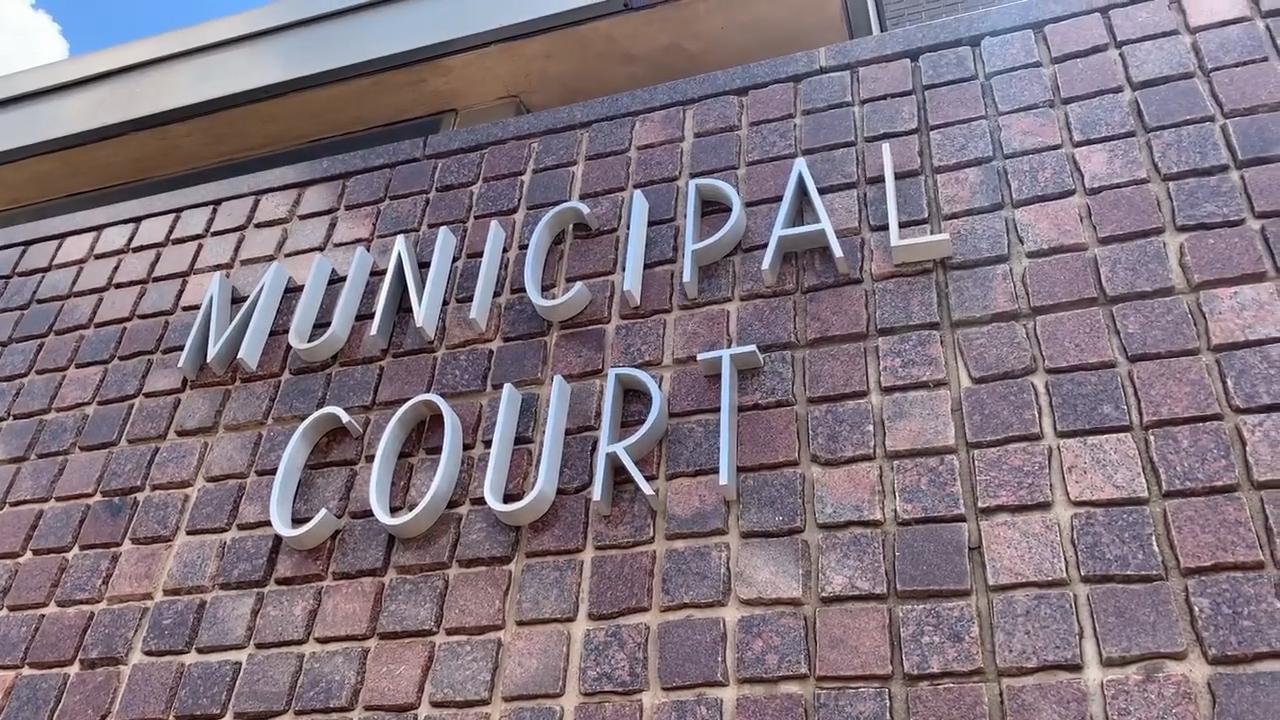AUSTIN, TX (Nexstar) — As some Texans continue to feel the effects of Hurricane Harvey’s landfall almost two years ago, another Hurricane season has arrived. State lawmakers are touting progress on flood prevention and disaster relief, but those changes may not help soon enough for many people.
According to the bi-annual predictions from meteorologists with the National Oceanic Atmospheric Administration (NOAA), the 2019 hurricane season is “near normal.” That means anywhere between nine and 15 named storms (tropical storm force winds or greater). Meteorologists are forecasting between four and eight hurricanes, with a possibility that two to four of those could become major hurricanes (Category 3 storms or greater).
According to Melissa Huffman, a lead meteorologist with the National Weather Service’s Austin/San Antonio office, the big takeaway for Texans is: don’t focus on the numbers from the seasonal forecast.
“Does anyone remember what the seasonal forecast was during Harvey? No. They remember in 2017 we saw Harvey here in Texas, so that one storm is what you need to prepare for,” Huffman explained.
Just before gaveling out of the session until January 2021, state lawmakers delivered a package of legislation tackling flood issues, mostly in response to Harvey.
“Harvey sucked the air out of the room. It literally became a flood session rightfully so,” State Sen. Charles Perry, R-Lubbock, said about other priorities that were tabled to make room for hurricane preparedness bills.
That package included establishing a statewide flood plan, bolstering flood infrastructure, and updating operations for the Texas Department of Emergency Management. Texas voters will also decide on a constitutional amendment on the November ballot relating to a flood infrastructure fund.
“There will be much better planning on the front end now – infrastructure – development – mitigation work,” State Rep. Four Price, R-Amarillo, said on the last day of session. “If and when we have additional natural disasters and flood problems, the planning that can start now will really make a difference to prevent some of the catastrophic damage that we’ve suffered from hurricanes.”
The updates to the Texas Department of Emergency Management include establishing a study group for wet debris, as well as developing guides and additional training for disaster response and recovery. Senate Bill 6 also creates a disaster recovery loan program so communities can get more short-term support, as the federal government often takes longer to get money into the hands of people most affected.
In Washington, lawmakers approved a disaster relief package in Feb. 2018 that included more than $4 billion for Texas, specifically for mitigation. The federal government has not yet released that money, prompting queries from lawmakers.
“It’s critical we get this money out of Washington and into the hands of those who need it,” U.S. Sen. John Cornyn, R-Texas, said on the Senate floor on May 21.
Cornyn said the money “can still be used to do things like repair waste water treatment facilities that haven’t been fully restored, or to carry out important economic revitalization in decimated areas, or to relocate or elevate damaged facilities to prepare for the next storm.”
Texas Land Commissioner George P. Bush, who was tasked with overseeing much of the state’s recovery efforts, penned a January letter to the head of the nation’s Office of Management and Budget, Bush called for the release of those funds “so we can get started on construction of vital infrastructure projects to protect Texans from the type of damage caused by Hurricane Harvey.”
Huffman says no matter where you live, hurricane preparedness applies to you.
“If you are closer to the coast making sure you are aware of evacuation routes if you live in a surge zone, and farther inland the threat transitions to maybe some of those stronger hurricane or tropical storm force winds, heavy rainfall and tornados,” Huffman said.
National Weather Service scientists are constantly learning from past storms through experience and advancements in technology. Just before Harvey hit, NOAA launched a new satellite system.
“It’s basically like moving from a black and white television in monitoring hurricanes to a high definition color TV,” Huffman said. “So, that forecast cone that we see and we talk about, gets a little bit smaller every year based on the information we get from previous seasons.”
Hurricane season runs June 1 through Nov. 30.



























